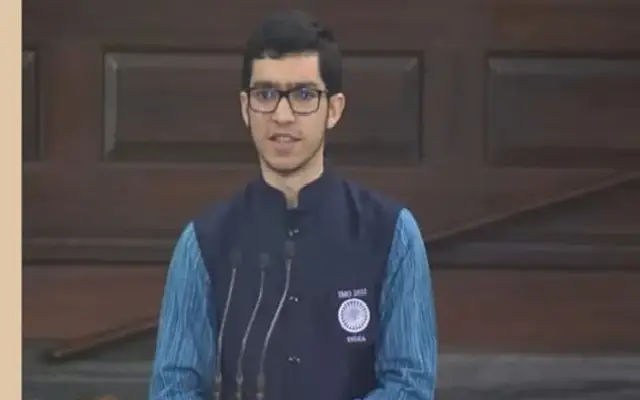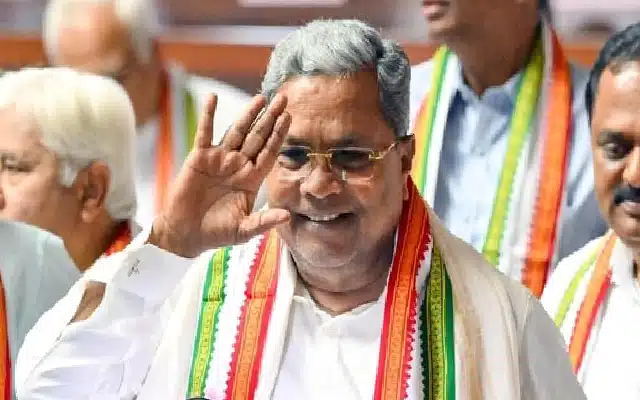Today the world community is engaged in developing various strategies to fight terrorism. There is also an equal interest to avoid likely conflicts arising from the clash of civilizations, an idea discussed first by Samuel Huntington. Every part of the world is affected by terrorism today. But do we know why? It is easy to come up with theories (terrorism is caused by jihadism), but are we right? Equally, it is easy to blame some countries. For example the US for throwing out Saddam and Gaddafi. France for its adventures in Africa. Russia for its treatment of its Muslim minorities. Are we justified in blaming them? In any case no one has any grand strategy to bring peace to the world.  Throughout the world history starting from Mesopotamia, especially after the mankind got greater mobility to move around, there have been several wars fought in the name of religions. After some lull in 20th century when wars were mostly fought for ideological supremacy, we again see conflicts arising in the name of religions as discussed by Huntington.
Throughout the world history starting from Mesopotamia, especially after the mankind got greater mobility to move around, there have been several wars fought in the name of religions. After some lull in 20th century when wars were mostly fought for ideological supremacy, we again see conflicts arising in the name of religions as discussed by Huntington.
All religions preach peace, and ask followers to love one another. However, in the name of religions some of their followers have done exactly the opposite throughout history and again now. It is high time we, the majority, irrespective of our faith or no faith, think some out-of-the-box alternatives to put down the terrorism and avoid clash of civilizations.
One such idea is to have multi-faith temples or halls or buildings in every major town and city in the world. In some respect this is really not all that out of the box or novel or farfetched. Actually, in different parts of the world, this idea in some minor form has already been implemented. What I am suggesting here is far more ambitious and can have far reaching impact.
The first known multi-faith space was provided in 1988 in an airport room in Vienna. Since then, airports, hospitals, prisons, universities, etc. have created multi-faith worship areas where people from different religions can pray. When the first such room was established it was sensational. However, today finding such a multi-faith room is common.
Totally neutral
To be totally neutral and not to be seen as biased towards any religion these spaces had drab architecture. These spaces have failed to convey the basic unity of love in all the religions and are not attracting people to spend time there. Thus they have not been successful in bringing people belonging to different religions together.
Perhaps that might not have been the objective of such multi-faith places. Today, they have become some kind of required areas. Andrew Crompton, after studying the architecture of different multi-faith structures all over the world concluded that mankind has not succeeded to convey the universal message of all religions and thus the multi-faith temple has remained as an elusive concept. But he may turn out to be wrong as discussed below.
In 2014, Bern, a cosmopolitan city in Switzerland became the first city in the world to have a multi-faith temple in the world. It was intentionally built as part of the residential and commercial buildings to be a component of the community. It is called as Haus of Religionen (House of Religions) where there is church, Hindu temple, Buddhist Centre, Alevi cemevi, and mosque. Baha’i, Jewish and Sikh representatives are also part of this project. Thus this place has been serving the religious needs of eight religions. The person behind this project is Guido Albisetti, a person who does not attend any church but believes in God. The organizers were able to raise $11 million to construct this one of a kind multi-faith structure.
Bern’s House of Religions is followed by Berlin where they are planning to construct a House of One which will include church, mosque and synagogue around a central meeting place. Architecture of the building from outside is neutral and has no resemblance to any of the temples of three religions. The House will be a place for Christians, Jews and Muslims and secularists including atheists to pray. The architecture for the House was conceived by Kuehn Malvezzi, an architecture company in 2012.
Organizers hope to raise about $45 million to construct this unique structure only through crowd funding and complete it by 2020.
In Russia’s Tatarstan, artist Ildar Khanov conceived and started to build a temple of all religions in Kazan in 1992. It also served as his residence. He wanted to have 16 spires representing each faith. Unfortunately, he died before completing them. Today the structure is a major touristic attraction and serves as a cultural center.
The one I am suggesting for India is more or less along these lines. Thus what I am suggesting need not be considered impractical or outlandish. If we can build multi-faith temples like the one in Bern, Berlin and Kazan it will become a holy place for humanity as was envisioned by our saints during the time of Ramayana and Mahabharata and Greek Philosophers, Socrates and Aristotle. There were no religious concepts then like the ones we have today.
The present religious concepts and principles have often been used to gain economic and political power rather than conveying the universal message of love. A multi-faith temple designed imaginatively along the lines of Bern and Berlin incorporating the teachings of Mahatma Gandhi, Ramakrishna Paramhansa, Akbar (recent records show that he built a first internationally recognized prayer and debating hall, Ibadat Khana, to promote multi-faith concept in 1575), Sufi saints, progressive Popes, etc. will result in promoting such a unique all-embracing concept. It will demolish the walls that have been constructed by those religious fundamentalists who have failed to appreciate the real purpose of the religions.
For Indians, multi-faith temples would not sound as a novel concept. After all Hinduism is not a religion like other religions. It is a way of life ready to embrace all the good thoughts and principles from all the religions.
Thus construction of multi-faith temples will be supported by Indian society irrespective of their religious affiliations. Such an innovative concept can have far reaching impact. It need not be a place to hold regular rituals which can be held in respective religious places. India should have been the most natural country to have built the first multi-faith temple.
Multi-faith temples can be a place where all, including atheists, irrespective of their religious affiliations can come and spend time to study and meditate what different religions teach. Each room in the temple can be creatively designed to show the glorious history of founders of each religion and also famous architecture of their buildings in India. Huge screens can be installed to view the videos of their history, basic philosophy, and common features with other religions etc. They can also have prerecorded special lectures by thinkers of different faiths or no faith from time to time.
A multi-faith temple can have a far reaching impact on society that we cannot even imagine today. Artificial walls of differences (for example politics of pork and beef, or wearing burka, etc.) promoted by fundamentalists in the name of religions will crumble.
A non-event
Multi-faith temple or house or space sounds like a simple and non-controversial concept. However, in reality it has not been the case. Multi-faith room of Vienna though got attention when first built, ended up as a non-event despite the fact today we have thousands of such halls over the world. But when House of Religionen was conceived in Bern, some Muslim fundamentalists attacked the imam who had agreed to house the mosque there. In Wales some Christians were critical of housing a church with prayer rooms of other religions.
Indian culture has always welcomed people of all religions to come and settle down over the centuries. Because of jihadi terrorism unleashed by ISIS, the world is facing a dangerous situation today. By constructing multi-faith temples, India can show to the world how we should not allow religious fundamentalist to divide us. Through such a progressive step we can show to the world India’s civilizational value of unity in diversity.
We will also be sending a powerful message to our politicians to stop dividing Indian society in the name of religions. Architecture of the temple should be creatively designed to reflect India’s truly secular culture which has hosted religions of the world since several centuries. Also such an innovative concept will contribute in some small way to avoid clash of civilization which we see all around us today in the world.
(This article was published in the recent issue of Karnataka Today Magazine)
















